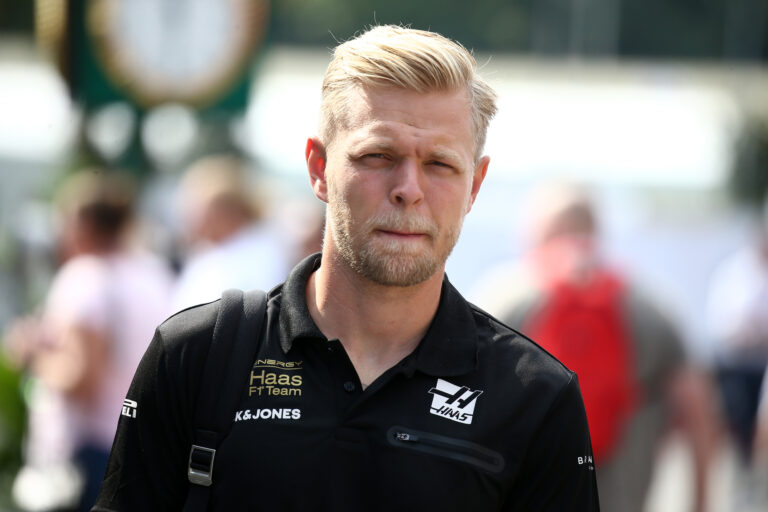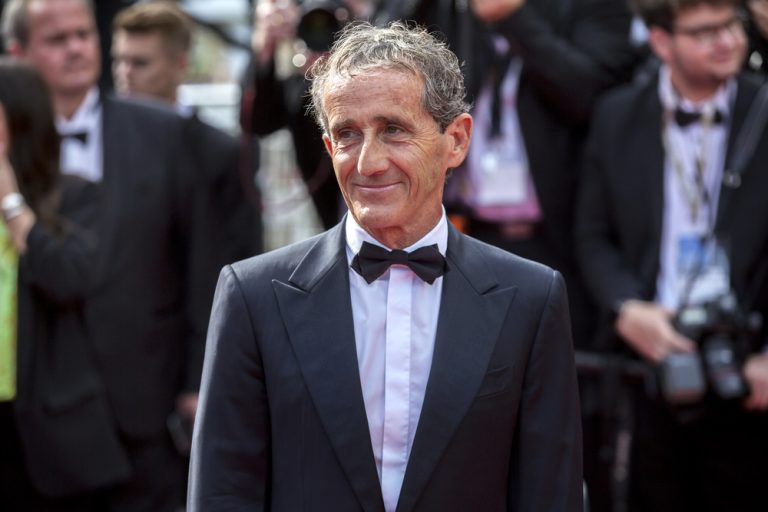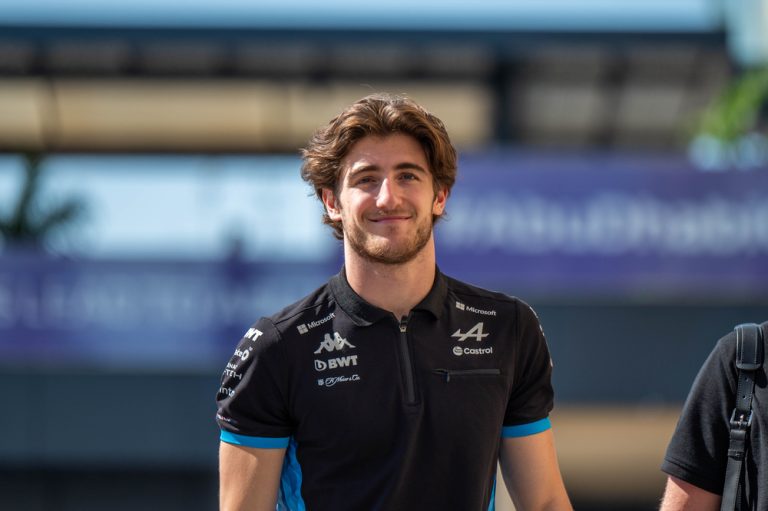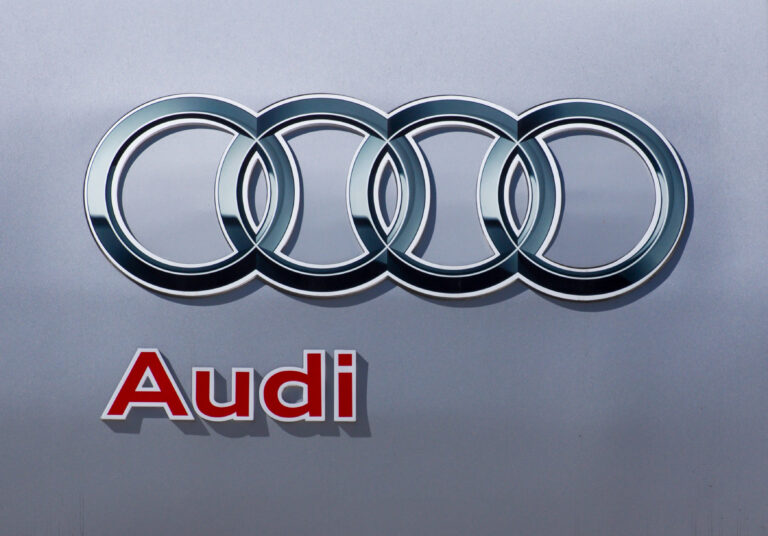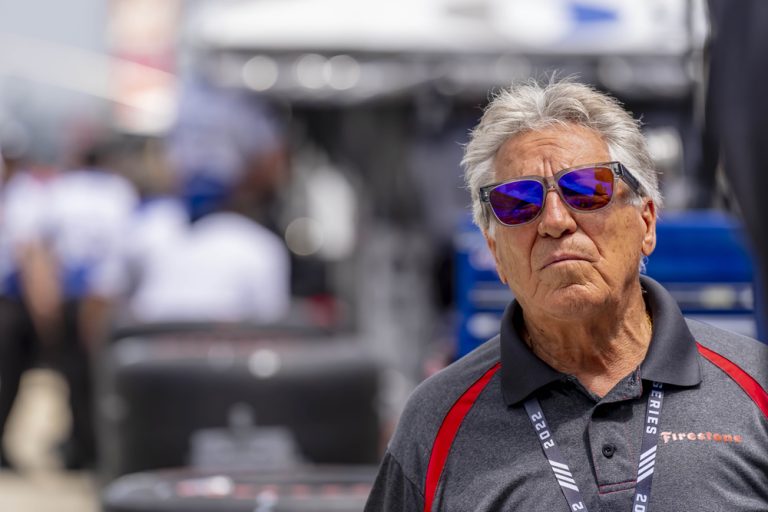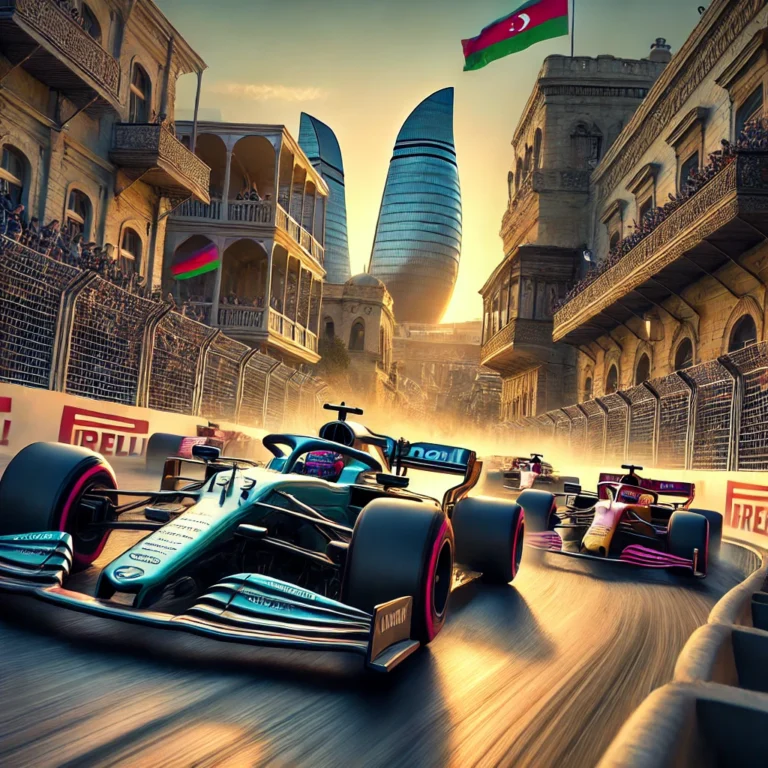Legends of Formula 1 Juan Manuel Fangio
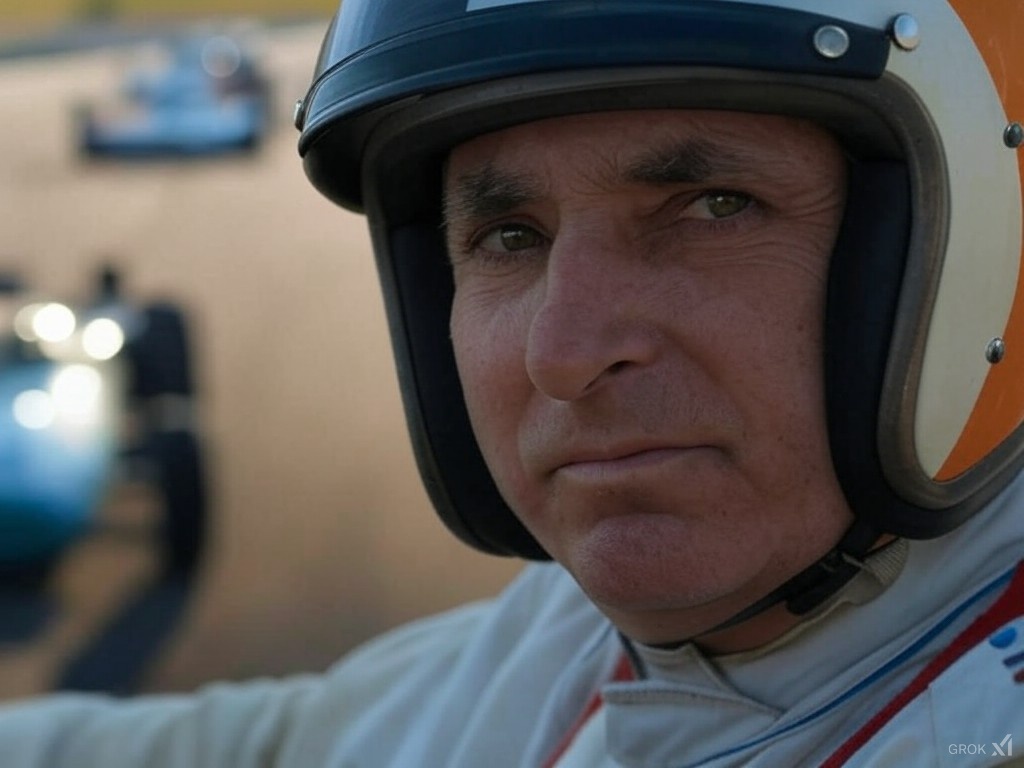
Juan Manuel Fangio is a name that echoes through the annals of motorsport history, a driver whose dominance in the early years of Formula 1 remains unmatched in its era. The Argentine maestro’s achievements, spanning five world championships and numerous records, solidified his reputation as one of the greatest drivers of all time. His mastery behind the wheel, ability to adapt to different machinery, and sportsmanship defined an era where bravery and skill separated legends from the rest.
For Tickets and Packages Please Click Here
Juan Manuel Fangio’s Origins
Born on June 24, 1911, in Balcarce, Argentina, Juan Manuel Fangio’s journey to racing stardom was anything but conventional. The son of Italian immigrants, Fangio initially worked as a mechanic, fostering a deep understanding of automobiles from an early age. Unlike many drivers who had privileged upbringings and access to motorsport from childhood, Fangio’s entrance into racing came through sheer determination and ingenuity.
He made his competitive debut in local endurance races, where his ability to nurse cars through grueling distances became evident. He eventually built a reputation in South America’s fiercely competitive road races, such as the Gran Premio del Norte, a brutal 10,000 km rally across Argentina, Bolivia, and Peru. His endurance, technical skill, and natural driving instincts made him a national hero, and it wasn’t long before Europe took notice.
Early Racing Career: Conquering South America
Before Formula 1 even existed, Fangio had already built a name for himself in Argentina’s flourishing racing scene. He competed in Turismo Carretera, a rugged form of road racing that required skill and resilience. His breakout moment came when he won the 1940 and 1941 Argentine National Championships, further cementing his status as a rising star.
With the backing of the Argentine government, Fangio was sent to Europe in 1947, where he competed in various Grand Prix events. Despite being in his mid-30s—an age when many drivers were already thinking of retirement—he quickly adapted to the European style of racing. He secured wins in prestigious races like the Grand Prix de Pau, proving that he was more than just a South American talent.
Formula 1 Career: The Reign of ‘El Maestro’
4⃣6⃣ days to the first race of 2017
— Formula 1 (@F1) February 8, 2017
Oldest #F1 world champion? Juan Manuel Fangio won his fifth world title in 1957, aged 4⃣6⃣
📸 © Daimler pic.twitter.com/Ilwm5OcKZi
Fangio’s true legacy began in 1950, when the newly formed Formula 1 World Championship held its inaugural season. Driving for Alfa Romeo, he won three races but lost the title to teammate Giuseppe Farina. However, this was just the beginning.
Between 1951 and 1957, Fangio dominated the sport like no driver before him. He secured five Formula 1 World Championships (1951, 1954, 1955, 1956, and 1957) and set a benchmark that would remain unbroken until Michael Schumacher surpassed him in 2003.
Rivalries and Iconic Moments
Fangio’s tenure in Formula 1 saw him go up against legendary rivals, including Alberto Ascari, Mike Hawthorn, Luigi Musso, and Stirling Moss. His most famous performance came at the 1957 German Grand Prix at the Nürburgring, where he overcame a 48-second deficit to pass both Ferraris of Peter Collins and Mike Hawthorn, securing his fifth and final title in dramatic fashion. This drive is widely regarded as one of the greatest in F1 history.
One of Fangio’s defining traits was his adaptability. Unlike modern drivers who often spend years with one team, Fangio won his five titles with four different manufacturers: Alfa Romeo (1951), Mercedes (1954-1955), Ferrari (1956), and Maserati (1957). His ability to switch teams and immediately extract performance from vastly different cars set him apart.
Post-F1 Career and Lasting Legacy
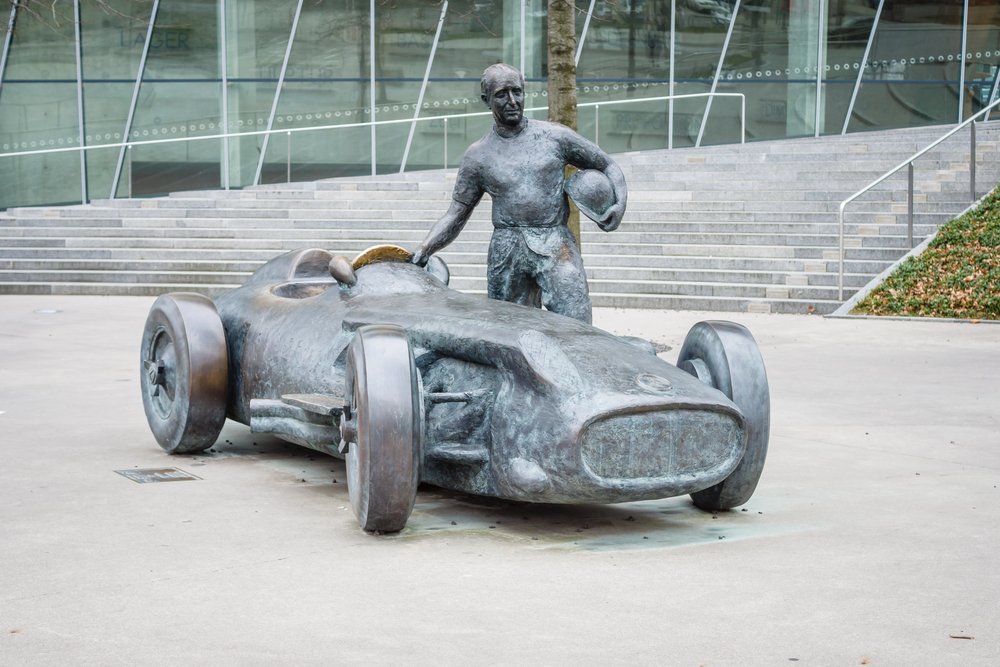
Fangio retired from Formula 1 in 1958 but remained an ambassador for the sport. Unlike many of his contemporaries, he walked away unscathed from an era where fatal accidents were common. He later became a Mercedes-Benz representative and continued to inspire generations of racers.
He received numerous honors, including induction into the International Motorsports Hall of Fame and the Automotive Hall of Fame. In Argentina, his impact went beyond racing—his name became synonymous with excellence, and he was widely regarded as the country’s greatest sporting icon.
Fangio passed away on July 17, 1995, but his influence endures. Even today, drivers like Lewis Hamilton, Sebastian Vettel, and Fernando Alonso recognize his genius and acknowledge his role in shaping the sport.
What Makes Fangio a Legend?
We now have a third member of the five-time world champion club, after @LewisHamilton joined in Mexico on Sunday 🏆🏆🏆🏆🏆
— Formula 1 (@F1) October 29, 2018
Time to remember the founding member of that exclusive club – the great Juan Manuel Fangio 🇦🇷#F1 pic.twitter.com/ed1wkk9w2n
Fangio’s legacy is built on an unmatched combination of technical skill, adaptability, and raw speed. His ability to master different cars, remain unflappable under pressure, and race with a gentlemanly approach defined him as ‘El Maestro’ of Formula 1. His five world titles stood as a benchmark for nearly 50 years, and even in today’s data-driven era, his name is synonymous with greatness.
Juan Manuel Fangio’s Formula 1 Stats
- World Championships: 5 (1951, 1954, 1955, 1956, 1957)
- Grand Prix Entries: 52
- Grand Prix Wins: 24
- Podiums: 35
- Pole Positions: 29
- Fastest Laps: 23
- Win Percentage: 46.2% (Highest in F1 history for drivers with over 20 wins)


